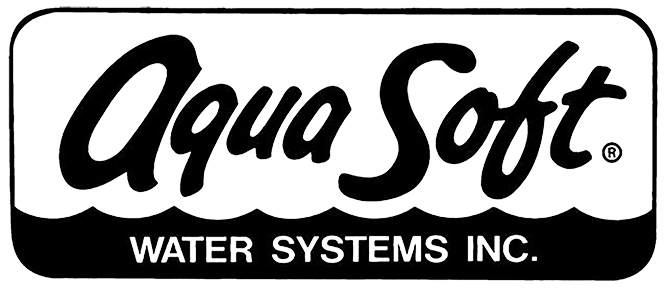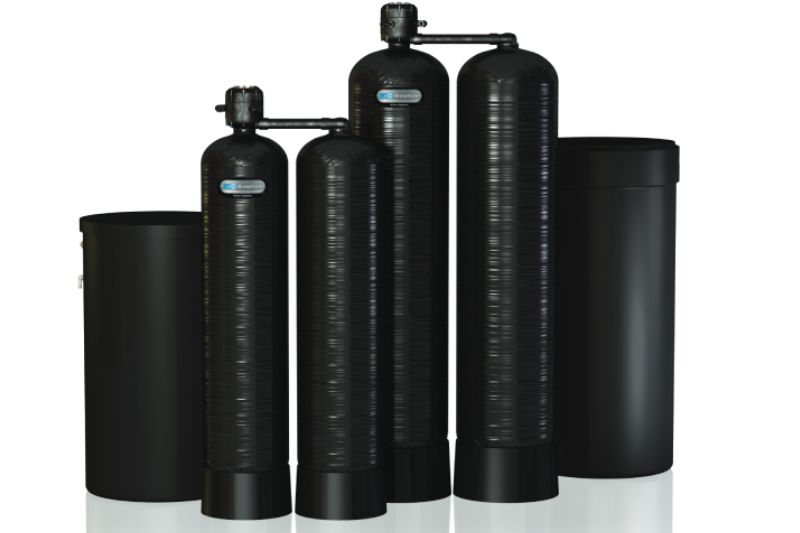Water softeners are the unnoticed champions of home comfort. If you’re observing troubles with your water softener, it could be linked to several typical issues that numerous homeowners encounter. Let’s dive into these issues and explore how you can address them.
Salt Bridging In Water Softener System
A problem that often happens with water softeners is what we call salt bridging. This term refers to the formation of a hard layer in the brine tank, which creates an obstacle and stops the salt from dissolving as it should. As a result, regeneration may not work properly, and your water softener’s performance could go down. If you are having trouble with soft water that doesn’t work as well as before, it may be caused by salt bridging.
To resolve this issue, try to dismantle the salt bridge by yourself using a tool like a broom handle. If the problem is not solved, it could be necessary to clean the brine tank or modify the salt level. Routine care and salt level monitoring will prevent the problem from happening again.
Salt Mush In Bottom Of Water Softener Brine Tank
Another common issue is what we call salt mush developing on the brine tank’s bottom. Unlike with salt bridging, this is a muddy and slushy material that has the potential to block the line of brine and negatively affect how well the softener works. This problem frequently shows up when salt does not dissolve completely, which results in an accumulation of leftover grime.
Thoroughly clean the brine tank to resolve the salt mush. It must be removed by hand. Then you need to clean the container with a water hose before filling it again with new salt. Correctly maintaining your brine tank and ensuring sufficient salt is available can prevent the generation of salt mush in the future.
Very High Water Level In Brine Tank
A very elevated level of water in the brine tank indicates there are problems with the system. Normally, this problem shows that the right amount of water isn’t being pulled by the water softener during regeneration and may disrupt how well the water softening process works. The float valve might not be working properly, or issues with the control valve can result in these high water levels.
To fix this, you should first check the float valve to confirm it is working as expected. If your float valve appears fine, you need to look at the control valve or get help from a professional to identify and deal with the problem. Maintain the correct amount of water in the brine tank to ensure your water softener performs at its best.
Your Water Softener Is Not Regenerating
If the water softener you have is not regenerating, it can be frustrating. Regeneration means your water softener cleans itself and gets ready for the next round of water softening. If this does not happen, then your device will lose its efficiency to soften the water.
Typical causes of a water softener not regenerating are control configurations, a timer that isn’t working properly, or electrical complications. Verify settings and make sure the timer adjustment is correct. If everything seems fine but the problem still continues, it might be time to ask for expert assistance and water treatment services. Regular maintenance and timely repairs are essential to keep your water softener running smoothly.
If you have any difficulty or require help with your water treatment system, please feel free to connect with us. Our committed sales team is here to assist in finding an ideal solution for your water requirements; it could be a Kinetico system or another top-level alternative. Get in touch with Aqua Soft Water Systems for a complimentary water study and swift estimate. Let us help you enjoy the clean, soft water you deserve. Contact us today!


